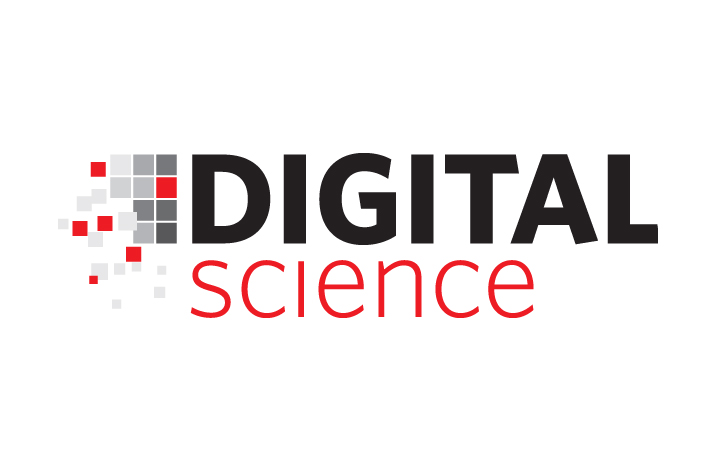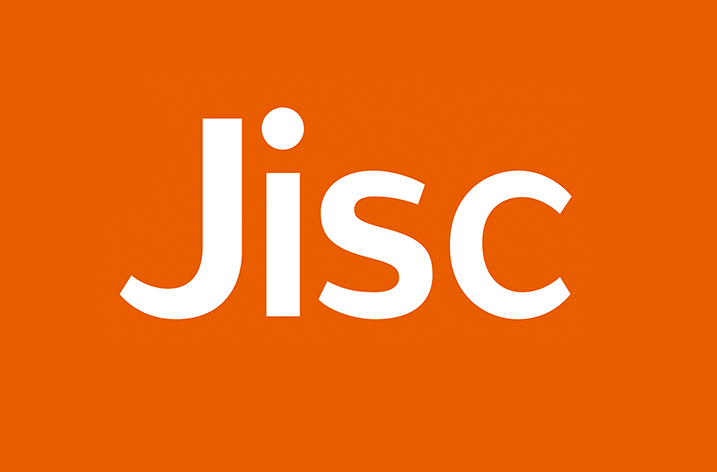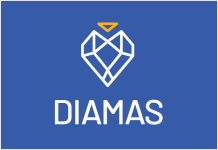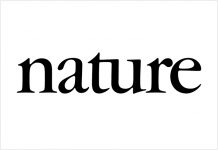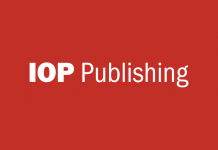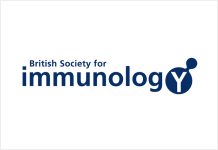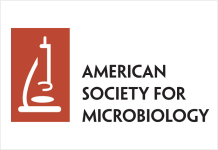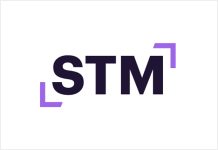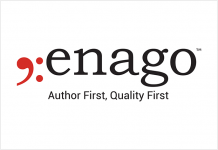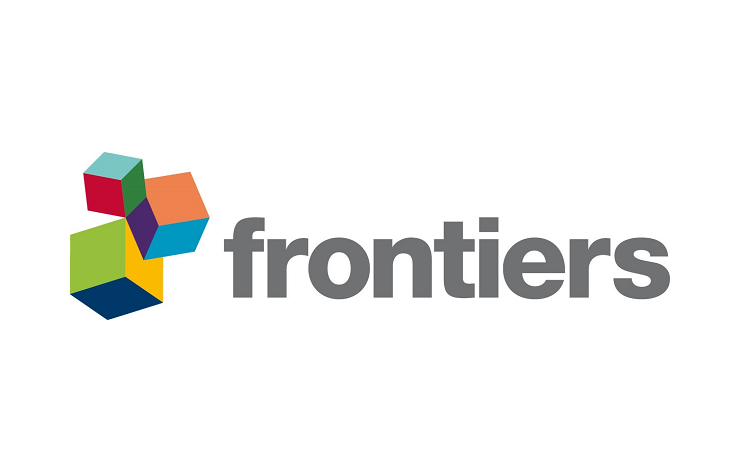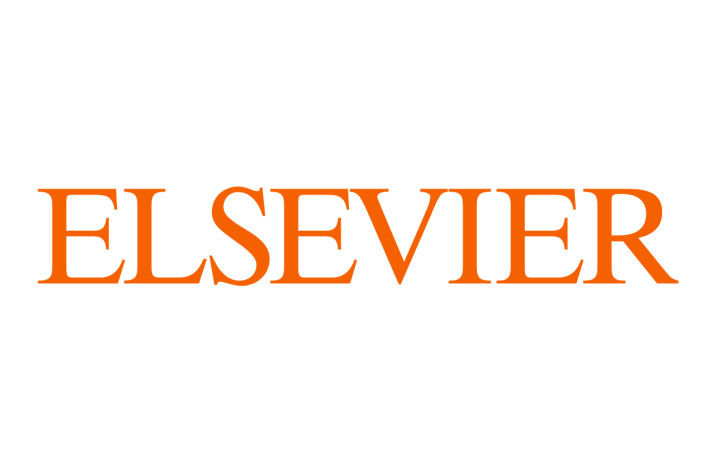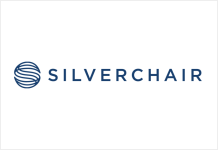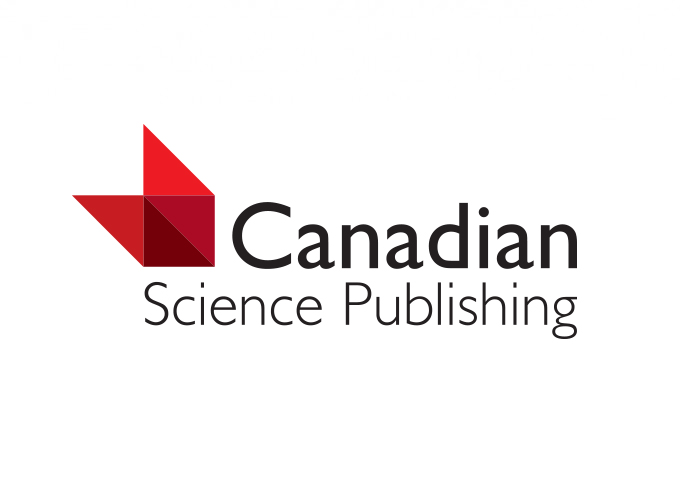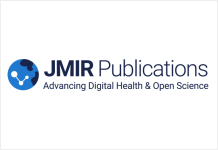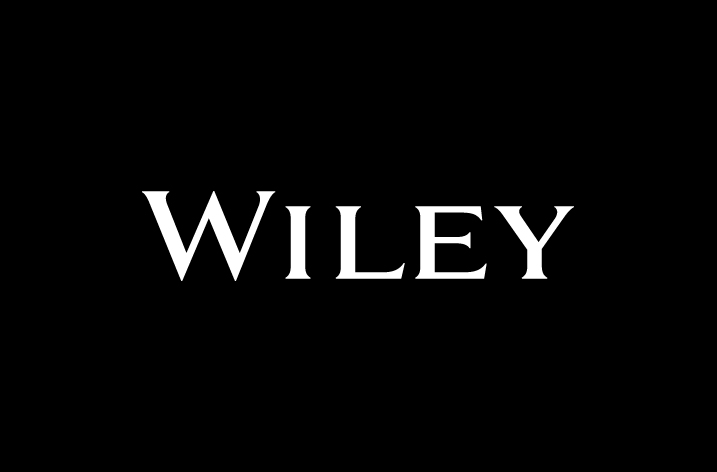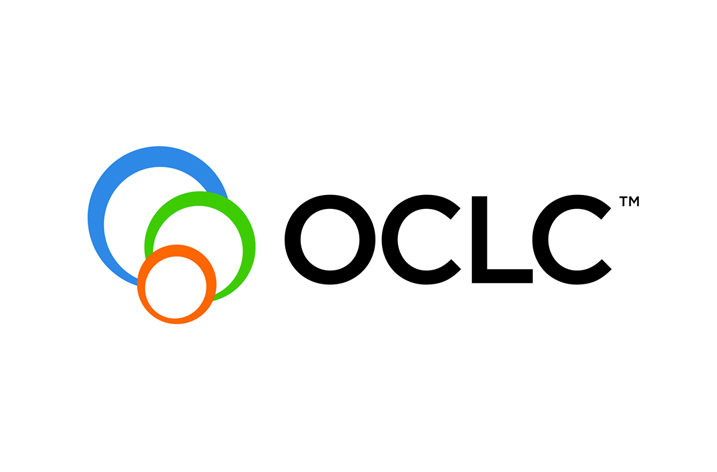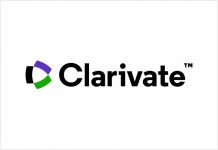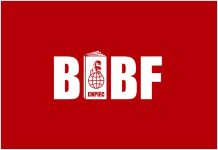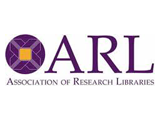
Transparency and reproducibility are cornerstones of how science creates knowledge. Evidence for scientific claims should be shared openly so others can evaluate, question, replicate, or extend scientific studies. When evidence cannot be reproduced independently, then it should not be accepted as credible evidence. Despite their importance, transparency and reproducibility are not often rewarded. Lack of transparency reduces the credibility of published results, which in turn undercuts the efficient and effective use of funding to support scientific advancement. To improve research transparency, the scientific community is undertaking a series of reforms. The Association of Research Libraries (ARL) is expressing its commitment to the principles of transparency in scientific research and is joining this effort to reform research and publishing practices.
Today in Science Magazine, the Transparency and Openness Promotion (TOP) Committeehas published the TOP Guidelines, a set of author guidelines that journals can adopt to enhance the transparency of the research they publish. These guidelines represent a concrete and actionable strategy toward improving research and publishing practices. Already, 111 journals and 34 organizations, including ARL, have expressed support for the principles of transparency and openness and have pledged to consider adopting them within the next year. ARL joins a broad coalition across scientific disciplines including societies such as the American Association for the Advancement of Science, American Geophysical Union, and the Association for Psychological Science.
ARL executive director Elliott Shore said, “Greater transparency in research and publishing will help research institutions achieve their mission of creating knowledge as a public good. The TOP Guidelines will improve and strengthen community standards and better enable research libraries to provide necessary services and infrastructure to support open scholarship.”
The TOP Guidelines are modular in nature, encompassing eight standards with three levels of increasing commitment to transparency for each. The modularity allows for journals to select the standards and levels that are practical and appropriate to their discipline. “Transparency efforts are new and untested. The modularity allows journals to test standards for their discipline and gather evidence about what works and what does not,” noted Sara Bowman, project manager at the Center for Open Science.
TOP is first and foremost a transparency initiative that promotes disclosure of data, code, and procedures. By allowing others in the scientific community to retrace the steps that produced a research finding, transparency reduces cost, enables researchers to leverage many datasets to establish greater precision in estimating effects, ultimately accelerating the pace scientific discovery.
“Transparency is in science’s collective interest, but not in individual scientists’ personal interest,” said Brian Nosek, executive director of the Center for Open Science. “The collective action of the signatories to the TOP Guidelines can help shift the scientific culture toward greater transparency.”
The guidelines are the output of a November 2014 meeting at the Center for Open Science(COS), co-hosted with the Berkeley Initiative for Transparency in the Social Sciences (BITSS) and Science Magazine, and funded by the Laura and John Arnold Foundation. The TOP Committee is a diverse group of 39 journal editors, society leaders, funders, and other stakeholders in the behavioral and social sciences.


